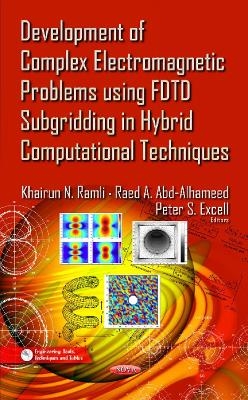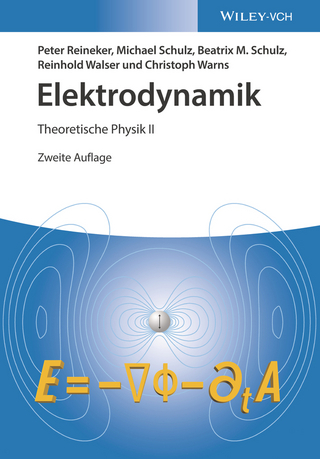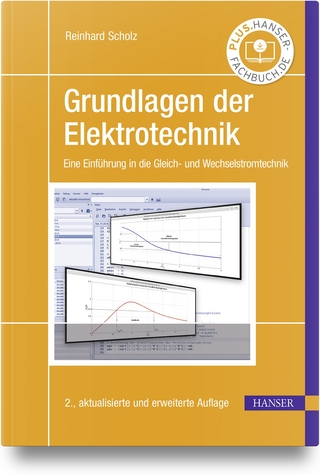
Development of Complex Electromagnetic Problems Using FDTD Subgridding in Hybrid Computational Techniques
Seiten
2014
Nova Science Publishers Inc (Verlag)
978-1-61122-013-1 (ISBN)
Nova Science Publishers Inc (Verlag)
978-1-61122-013-1 (ISBN)
Complex electromagnetic problems using new hybridised computational techniques combining the frequency domain Method of Moments (MoM), Finite-Difference Time-Domain (FDTD) and a subgridded Finite-Difference Time-Domain (SGFDTD) method are studied and discussed in detail. The techniques are desirable to predict electromagnetic absorption in inhomogeneous, anisotropic and lossy dielectric materials irradiated by geometrically intricate sources. In Method of Moments modelling, the surface kernel solution is derived for 1-D, 2-D and 3-D. The electric surface patch integral formulation is solved by independent linear basis function methods in the circumferential and axial directions of the antenna wires. A similar orthogonal basis function is used on the end surface and appropriate attachments with the wire surface are employed to satisfy the requirements of current continuity. The surface current distributions on structures which may include closely spaced parallel wires are investigated and analysed. The results are found to be stable and showed good agreement with less comprehensive earlier work by others. Moreover, Galerkin technique is employed to predict the effect of a chiral bianisotropic substrate of a rectangular microstrip resonator in the spectral domain. The work also investigates the interaction between overhead high voltage transmission lines and underground utility pipelines using the FDTD technique for the whole structure, combined with a subgridding method at points of interest. The induced fields above the pipeline are computed. The Perfectly Matched Layer (PML) concept has been utilized to circumvent open-region geometries. The establishment of edge elements has greatly improved the performance of this method and the computational burden due to huge numbers of time steps, in the order of tens of millions, has been eased to tens of thousands by employing quasi-static methods.
Numerical Solution of Maxwell Equations Using FDTD & MoM; FDTD Technique for Field Truncation; Surface Kernel Solution of the Method of Moments; Quasi-Static Finite-Difference Time-Domain Subgridding Technique; Effect of Anisotropic Magneto-Chirality on Microstrip Resonator Characteristics; Interaction of EM Fields to the Human Body Using Hybrid Computational Method; Quasi-Static FDTD Scheme for Electrically-Small Regions in Free Space, Lossless & Lossy Penetrable Media; Computation of Electromagnetic Field Inside a Tissue Using Quasi-Static & Lumped-Element FDTD Scheme; Simulation of Antennas Coupled to Lossy Dielectric Volumes; Index.
| Erscheint lt. Verlag | 1.12.2014 |
|---|---|
| Verlagsort | New York |
| Sprache | englisch |
| Maße | 155 x 230 mm |
| Gewicht | 590 g |
| Themenwelt | Naturwissenschaften ► Physik / Astronomie ► Elektrodynamik |
| Technik ► Elektrotechnik / Energietechnik | |
| ISBN-10 | 1-61122-013-0 / 1611220130 |
| ISBN-13 | 978-1-61122-013-1 / 9781611220131 |
| Zustand | Neuware |
| Haben Sie eine Frage zum Produkt? |
Mehr entdecken
aus dem Bereich
aus dem Bereich
eine Einführung in die Gleich- und Wechselstromtechnik
Buch | Hardcover (2024)
Hanser (Verlag)
34,99 €
Grundlagen und praktische Anwendungen
Buch | Hardcover (2022)
Hanser (Verlag)
34,99 €


